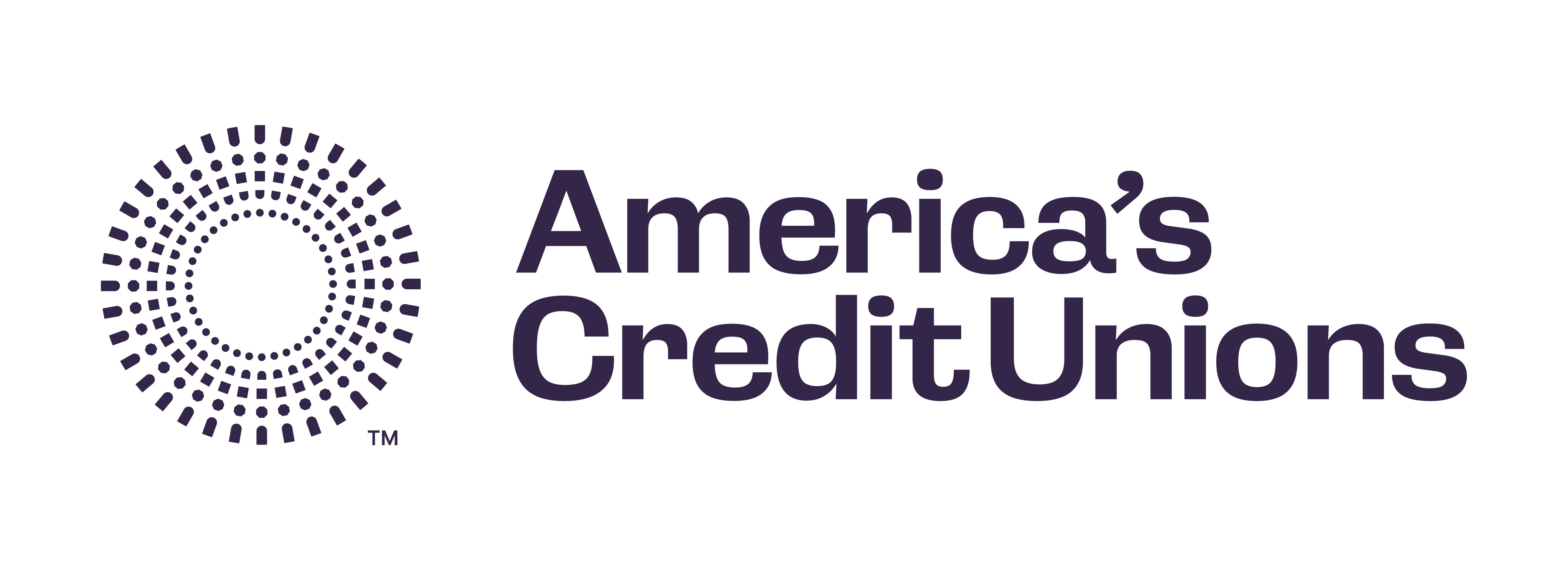Newsroom
NAFCU breaks down Fed’s Reg II final rule
 NAFCU Friday sent a Final Regulation Summary to members breaking down the Federal Reserve’s final rule on Regulation II, which covers debit card interchange fees and network routing exclusivity. The final rule requires debit card issuers to enable and allow merchants to choose from at least two unaffiliated networks for card-not-present (CNP) transactions, such as online purchases.
NAFCU Friday sent a Final Regulation Summary to members breaking down the Federal Reserve’s final rule on Regulation II, which covers debit card interchange fees and network routing exclusivity. The final rule requires debit card issuers to enable and allow merchants to choose from at least two unaffiliated networks for card-not-present (CNP) transactions, such as online purchases.
Of note, to the extent that debit card issuers do not currently have this capability on their debit cards, they will need to reissue their debit cards by July 1, 2023. In addition, the final rule notes that credit unions do not need to affirmatively guarantee that two unaffiliated networks will always be available to all merchants in every conceivable transaction context. Instead, credit unions must configure their debit cards so that transactions performed with the card can be processed on at least two unaffiliated networks
Through the Final Regulation, NAFCU notes:
- the final rule does not alter interchange fees;
- the final rule does not alter the Regulation II exemption from interchange fee limitations for financial institutions with less than $10 billion in assets;
- the rule clarifies that the requirement for at least two unaffiliated payment networks to be enabled, which has applied to debit card transactions in general since 2011, now explicitly applies to CNP transactions; and
- the final rule considers the requirement satisfied if the issuer has enabled a combination of networks that avoids network exclusivity and the networks have each taken steps reasonably designed to be able to process electronic debit transactions.
NAFCU previously wrote to the Fed, urging the agency to withdraw the modification, stating that this change will produce a negative impact on credit unions. In response to the Fed’s issuance of the final rule, NAFCU President and CEO Dan Berger stated the rule “will force small issuers to allow transactions over riskier networks, increasing fraud costs for our nation’s community financial institutions.”
Berger pledged to continue to engage the Fed and Congress and underscore the negative impacts of the rule, which “would increase implementation and fraud costs for smaller financial institutions, on top of everything else they’re battling with inflation, all for the benefit of big box stores and big online retailers such as Amazon.”
The rule will become effective July 1, 2023. For detailed background information of the finalized rule, including a section-by-section analysis, view the Final Regulation.
Share This
Related Resources
Add to Calendar 2024-06-26 14:00:00 2024-06-26 14:00:00 Gallagher Executive Compensation and Benefits Survey About the Webinar The webinar will share trends in executive pay increases, annual bonuses, and nonqualified benefit plans. Learn how to use the data charts as well as make this data actionable in order to improve your retention strategy. You’ll hear directly from the survey project manager on how to maximize the data points to gain a competitive edge in the market. Key findings on: Total compensation by asset size Nonqualified benefit plans Bonus targets and metrics Prerequisites Demographics Board expenses Watch On-Demand Web NAFCU digital@nafcu.org America/New_York public
Gallagher Executive Compensation and Benefits Survey
preferred partner
Gallagher
Webinar
AI in Action: Redefining Disaster Preparedness and Financial Security
Strategy
preferred partner
Allied Solutions
Blog Post
Add to Calendar 2024-06-21 09:00:00 2024-06-21 09:00:00 2024 Mid-Year Fraud Review Listen On: Key Takeaways: [01:16] Check fraud continues to be rampant across the country. Card fraud is affecting everyone. [04:31] Counterfeit US passport cards are just another new toolbox in the bad actors’ toolbox. [07:21] Blocking the fallback is the only way to defeat counterfeit cards. [11:17] The best way is constant education to your members in as many channels as you can. [13:02] We are still seeing overdraft lawsuits. Make sure the programming you have at your credit union matches what you have displayed for the members. Web NAFCU digital@nafcu.org America/New_York public
2024 Mid-Year Fraud Review
Strategy & Growth, Consumer Lending
preferred partner
Allied Solutions
Podcast
Get daily updates.
Subscribe to NAFCU today.
